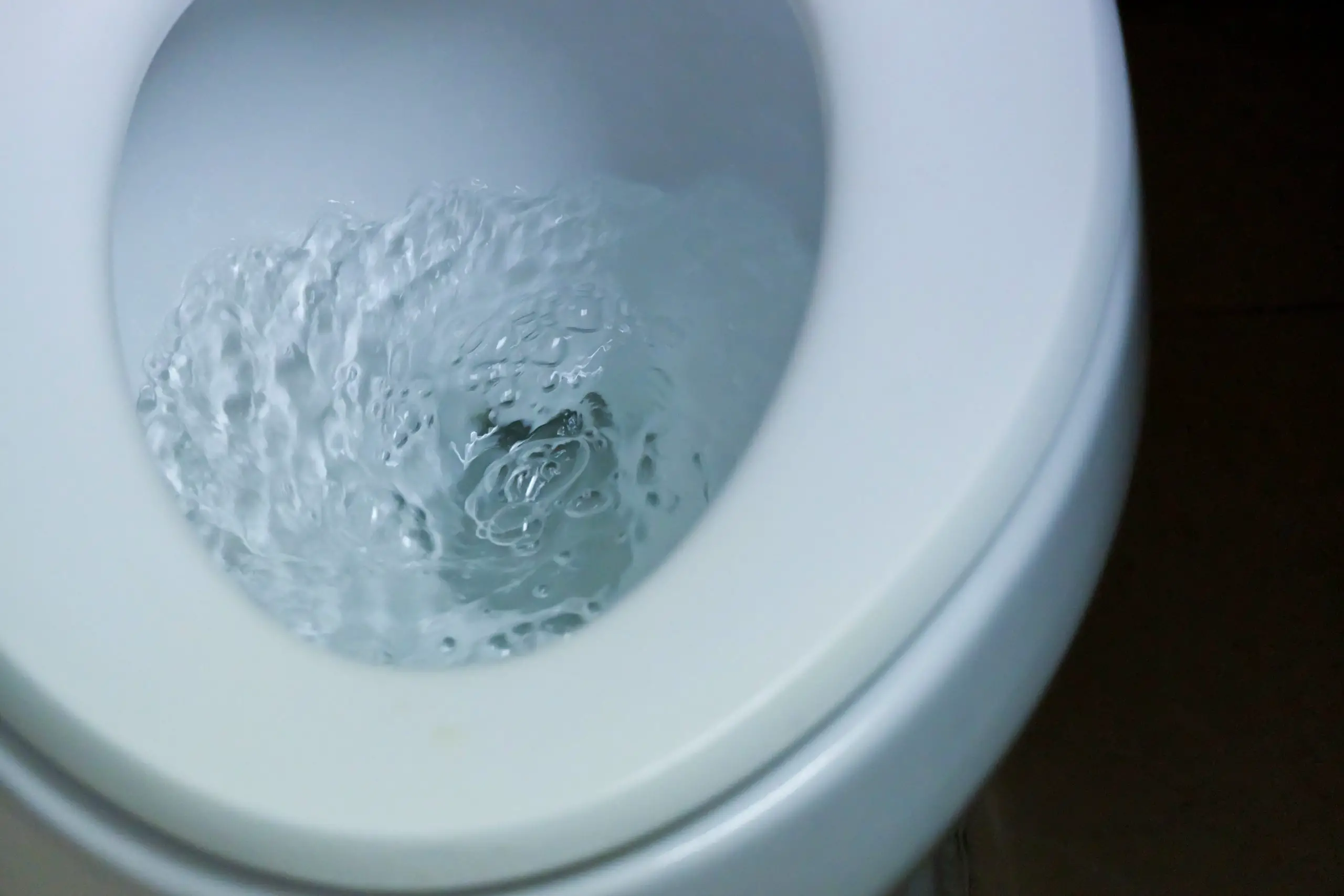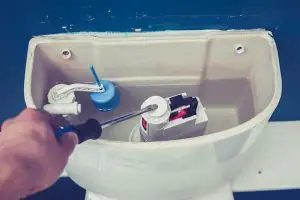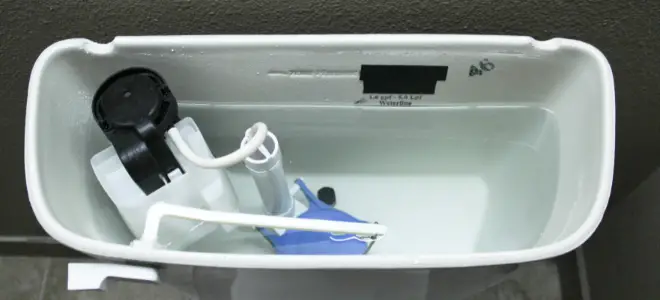Water Level in Toilet Bowl Keeps Dropping (How You Can Fix It)

When you come into your bathroom, the last thing you want to be greeted with is the stench of sewer gases. But there they are, and when you look at your toilet, you see that the water level is low. Why?
The reason is either a blocked vent or a crack in the bowl. If there is a crack, you may need to replace your toilet. For a clogged vent, you will need to remove the clog from the vent opening on the roof.
 There are two reasons your water level may be dropping. There could be a crack in your toilet bowl, allowing the water to run out on your floor or down the drainpipe. Since it would typically be easy to tell if it is on the floor, it would probably be down the drainpipe.
There are two reasons your water level may be dropping. There could be a crack in your toilet bowl, allowing the water to run out on your floor or down the drainpipe. Since it would typically be easy to tell if it is on the floor, it would probably be down the drainpipe.
Another reason can be a clogged drain vent. All of your drains link to the sewer, but they also link to a vent leading to the top of your house. When water flows down the drain, it often forms a seal causing low pressure behind it as gravity draws it down. This is what drives toilets to flush.
However, the vent system draws air in to fill the low-pressure areas in your drains. This prevents air from being drawn through your drains unnecessarily and possibly harmfully.
A clogged vent means that when you drain water down a sink or tub, the water still needs to draw air. This air can be pulled through the drain into your toilet, potentially drawing water with it.
A hairline crack in the toilet bowl can be hard to see. But to see inside your vent at all, you would need to climb onto the roof.
So how do you decide on the problem? Luckily, there are two relatively easy steps to try and find out what the problem is.
If your toilet bowl is cracked, unfortunately, it will need to be replaced. Luckily this is not that hard. Follow these steps.
A clogged vent will require going to the roof of your home to clear obstructions from the vent itself. To do this, follow these steps.
Open the vent. There are often caps or debris blocking looking into the opening of the vent. Remove these to clear the way.
Spray water down the vent. Use a garden hose and spray it directly down the opening. If it overflows, it did not clear the blockage, and you must continue to the next step. If it doesn’t overflow, congratulations, you are done!
Feed an auger into the vent. You will need a long one, 20 feet should do well. Feed it in and rotate clockwise when you hit a tough spot. This should help break up any stuck debris. Continue until the water drains.
Finish up and reassemble. Once the water has drained down, spray some more and see if it drains reasonably quickly. If so, put any caps back on, and you’re done. If not, repeat with the auger or call a plumber.

You may need to adjust the water level because the water level may be set too low. To change the water level, use a screwdriver to adjust the valve on the intake pipe. Turn the adjustment screw located on the valve clockwise to increase the water level.
If you have any pets in the home, such as a dog or cat, they may be drinking from the toilet bowl. This could be causing a drop in the water level. You will need to be careful to lower the lid to prevent this, since the toilet may contain chemicals.
Another alternative is debris, such as tampons. These can get caught in the bend of your toilet, slowly siphoning water down the drainpipe. To solve this, use a toilet auger to clear the drain.
Many toilet tanks have a mark indicating the correct level of water for the tank. If your toilet does not mark the right level, you should make sure the water is about 1″ below the overflow tube.
Generally, the height of the internal P-trap determines the toilet water level.. However, certain problems can interfere with this process. If the pipes are clogged, it may cause the toilet bowl water to be too high.
However, if the toilet bowl water is too low, there are several potential causes. You could have a cracked toilet bowl, a damaged fill tube, a blocked sewer vent, or a damaged fill valve.
If your toilet is dry, it is not receiving water from the toilet tank. This could have a number of possible causes.